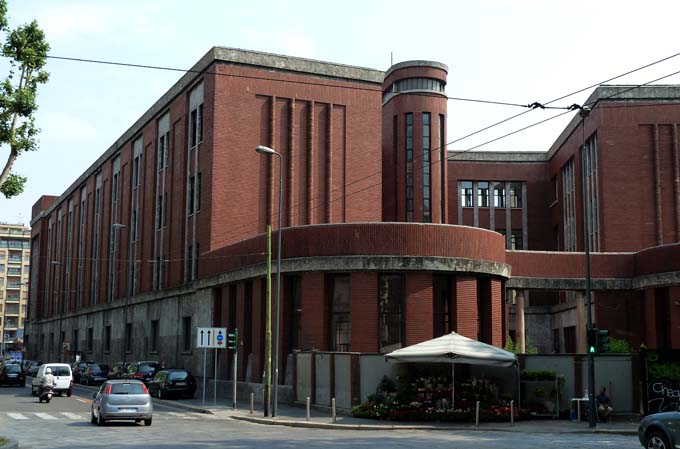Kleiners’ Italy: Liceo classico
Every September, throughout cities and towns across Italy, students heading into their first year of Liceo classico flock to their schools to see the class listings posted on the walls. They are rushing to see the classmates with whom they will be spending all day, every day for the next five years. The way the Italian system works is that each student is placed in a class with roughly 25 other students. In contrast to the American system, it is the students that remain together the whole day, in their assigned classroom, while the professors (who often also remain teaching the class year after year) take their bags and move from class to class.
This method has its positives and negatives. A student who is shy or already unpopular heading into the first year of Liceo can quickly become an outcast from the group after the social dynamic is firmly set. However, students in the same class for five years can stay close for the rest of their years (In fact, most Italians stay in their hometowns with their family and childhood friends their whole lives). Charismatic and knowledgeable Liceo professors can help students as they work through tough material from reading Dante to studying Rafael. At the same time, a terrible teacher in one subject for three years could do irrecoverable damage to a student’s education in that material. The only comfort for the Italian student from these uncertainties is that he has no hand in the matter.
This unpredictability however, all goes to increase the pressure on the students to pick the right indirizzo or study track right after middle school. The indirizzo is a uniquely European institution, one that is very difficult for Americans to fathom. For better or for worse, Italian children already pick the subjects they will focus on at age 13. The Italian system consists of three main indirizzi. In classico, the curriculum is centered on Latin and Greek, and students often spend hours on end in the classroom reading ancient texts. In scientifico, the emphasis is on sciences and maths while in linguistico, students study three different languages, two of Spanish, French and German plus English. However, the system also includes many other secondary indirizzi such as artistico, turistico or nautico. A student’s choice of indirizzo can depend on a like (or dislike) of certain subjects, a fear of failing, what his friends have chosen, or even what his parents already have in mind as his future occupation.
While many Italians are in favor of the indirizzi as they put more responsibility on the students and force them to make decisions early instead of trudging thoughtlessly through high school, they also lead to some choices that look senseless to any outsider of the system. For example, many students looking for a career in medicine choose Classico, a seemingly odd choice considering Classico offers the least emphasis on math and science. It turns out that learning Ancient Greek is mandatory for entering medical school for somewhat mysterious reasons that probably date back to a time when the ancient languages were the Lingua Francas of Europe’s scholars. These students will then need to spend the first years of university learning the relatively basic science skills that they could have, and perhaps should have been learning, during Liceo when they were reading Vergil and Homer.
There are also many sensible aspects of the system. Many American students can get past college without really deciding what field they will enter, which can be a disadvantage for them when they enter the workforce not having a full grasp of a single subject. In Italy, if a student decides he would like to enter a certain occupational field at age 12, he can spend all of liceo and university almost exclusively working on the skills necessary for his chosen career, not having to fulfill requirements in other subjects. With youth unemployment at almost 50 percent in Italy, there is even more pressure to choose the right track at a young age.





